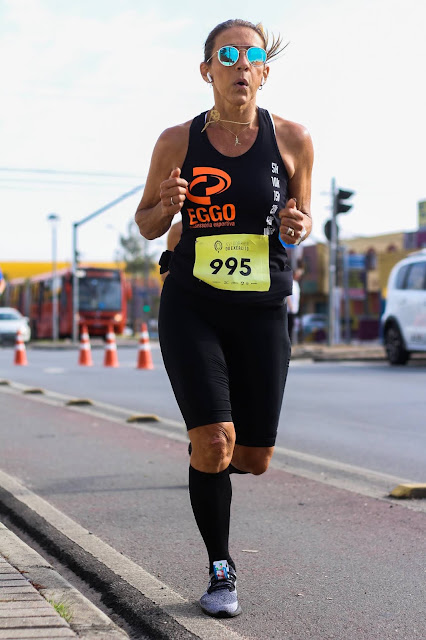45 minutes of exercise a week may help older people get through arthritis
45 minutes of exercise a week may help older people get through arthritis
 |
| 45 minutes of exercise a week may help older people get through arthritis |
Participating in physical movement can decrease torment and help to keep up portability and autonomy for more established grown-ups with joint pain, yet current exercise suggestions are frequently unachievable for this populace. Presently, in any case, another investigation finds that practicing for only 45 minutes is sufficient to receive the rewards.
First creator Dorothy Dunlop, educator of rheumatology and preventive prescription at Northwestern University Feinberg School of Medicine in Chicago, IL, and partners report their discoveries in the diary Arthritis Care and Research.
Joint inflammation is a term used to depict aggravation of the joints. Osteoarthritis (OA) is the most widely recognized type of joint pain, brought about by "mileage" of ligament that secures the joints. As the ligament separates, torment, expanding, and joint development issues may happen.
More seasoned grown-ups are most regularly influenced by joint inflammation. As indicated by the Centers for Disease Control and Prevention (CDC), between 2010-2012, roughly 49.7 percent of grown-ups matured 65 and more seasoned in the United States revealed having been determined to have joint pain by a specialist.
Joint inflammation and other rheumatic conditions are a main source of inability among U.S. grown-ups; around 9.8 percent of those with specialist analyzed joint pain in 2010-2012 revealed restrictions in movement because of the condition.
Joint inflammation and physical movement
While physical movement can be trying for some more seasoned grown-ups with joint pain, it can enable patients to all the more likely deal with their condition and keep up physical working. Likewise, exercise can lessen the danger of other medical issues, for example, type 2 diabetes and coronary illness.
The Physical Activity Guidelines for Americans suggest that grown-ups matured 65 and more established take part in 150 minutes of moderate-force vigorous action every week.
Be that as it may, as per Dunlop and partners, just 1 of every 10 more established U.S. grown-ups with knee OA meet these suggestions. This is doubtlessly in light of the fact that they find such rules unachievable with their condition.
In view of this, the group set out to decide if more established joint inflammation patients may have the option to profit by lower levels of physical action than the present suggestions.
To arrive at their discoveries, the specialists dissected the information of 1,629 grown-ups matured 49 and more seasoned who were a piece of the Osteoarthritis Initiative - an across the country study that intends to recognize anticipation and treatment techniques for patients with knee OA. All members had agony, throbbing, or firmness in joints of the hips, knees, or feet.
The physical working of each subject was surveyed at study gauge and after 2 years through self-detailed results. Physical action and working were likewise estimated utilizing development observing accelerometers.
'Indeed, even a little action is superior to none'
Following 2 years, the physical working of around 33% of members had either improved or stayed high, the group reports.
It was the members who occupied with standard exercise that accomplished higher physical capacity. Nonetheless, subjects didn't have to meet the suggestion of 150 minutes of moderate-force action every week to see benefits.
The group found that more established grown-ups who occupied with only 45 minutes of moderate-force movement, for example, lively strolling, every week were 80 percent bound to keep up or improve their physical working than the individuals who practiced for under 45 minutes week after week.
The scientists state that their discoveries applied to the two people with joint inflammation of the lower joints.
"We found the best sort of action to keep up or improve your capacity 2 years after the fact was moderate action, and it didn't should be done in sessions enduring 10 minutes or more, as suggested by government rules," notes Dunlop.
Members who occupied with over 45 minutes of moderate-power movement consistently observed more noteworthy advantages to physical capacity, yet the specialists accept that their discoveries demonstrate that more established grown-ups with joint pain need just play out 33% of the prescribed action to stay utilitarian.
"Indeed, even a little movement is superior to none. For those more established individuals experiencing joint pain who are insignificantly dynamic, a 45-minute least may feel increasingly reasonable."




No comments